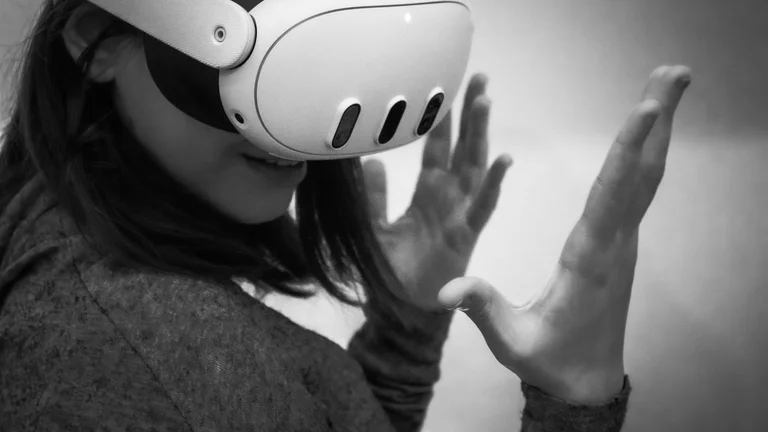Early Beginnings: The Dawn of 2D Graphics

Initially, graphic design relied heavily on basic shapes and colors, focusing on functional aspects rather than aesthetics. Designers used pixel art, which became popular in the 1980s and 1990s, driven by the capabilities of early computers and video game consoles. This era showcased a limited palette, demanding creativity to convey emotions through simplicity. The simple and blocky designs paved the way for more complex graphics in the years to come.
Advancements in 3D Graphics: Realism Takes Over
As technology evolved, so did graphic design. By the late 1990s, 3D graphics emerged, giving designers new tools to create lifelike representations. Software like 3ds Max and Maya allowed for intricate detailing and realistic textures. Video games like 'Quake' and 'Half-Life' showcased this new capability, transforming the visual landscape. The gaming industry’s push for realism influenced not just games but films and animations, leading to more immersive experiences.
The Influence of Mobile Devices: A Shift in Design Strategy
The rise of smartphones in the late 2000s reshaped the entire graphic design industry. Designers had to adapt to smaller screens while ensuring visuals maintained clarity and impact. User Interface (UI) and User Experience (UX) became buzzwords as developers sought to improve the interaction between users and technology. Simplistic designs that prioritized functionality over flashy graphics came into play. This adaptability signified a pivotal moment in design philosophy.
Virtual Reality and Augmented Reality: Breaking Boundaries
The introduction of Virtual Reality (VR) and Augmented Reality (AR) in the last decade shifted how graphics were perceived. Technologies such as Oculus Rift and Microsoft HoloLens opened new avenues for designers. Graphics transformed from mere representations to immersive experiences, allowing users to interact with environments in unprecedented ways. This paradigm shift demanded designers not only to create visually appealing graphics but to consider spatial dynamics and interactivity.
The Role of AI and Machine Learning in Graphics
As artificial intelligence progressed, it began playing a significant role in graphic design. AI can now generate images, improve image quality, and automate mundane tasks. Tools like Adobe Sensei use AI to enhance graphics, create design recommendations, and analyze user behavior. This incorporation focuses on augmenting human creativity rather than replacing it. Designers are encouraged to collaborate with AI, leading to more innovative processes and newfound creativity.
| Era | Key Features | Impact |
|---|---|---|
| 2D Graphics | Simple shapes, pixel art | Foundation for digital design |
| 3D Graphics | Realism, intricate detailing | Enhanced storytelling in games and films |
| Mobile Era | Responsive designs, UX/UI focus | Revolutionized interaction on devices |
| VR/AR | Immersive experiences, interactivity | Created new interaction paradigms |
| AI Integration | Automated design, image enhancement | Augmented human creativity |
FAQ
What are the major eras in the evolution of graphics?
The major eras include early 2D graphics, advancements in 3D graphics, the influence of mobile technology, the rise of virtual and augmented reality, and the integration of AI and machine learning.
How has mobile technology impacted graphic design?
Mobile technology has led to a focus on user interface and experience, requiring designers to create functional graphics that work well on smaller screens.
What is the significance of AI in graphic design?
AI enhances graphic design by automating tasks, improving image quality, and offering creative insights without replacing human creativity.
How did 3D graphics change the gaming industry?
3D graphics brought realism to video games, transforming visual storytelling and user immersion, influencing various multimedia sectors.
What trends should we expect in the future of graphic design?
Future trends may include further integration of AI, more immersive experiences through VR and AR, and an emphasis on sustainability and accessibility in design.
The evolution of graphics has transitioned from basic 2D pixel art to immersive 3D realities and AI-driven designs, impacting various fields such as gaming, film, and mobile technology.
Conclusão sobre The Evolution of Graphics No One Saw Coming.